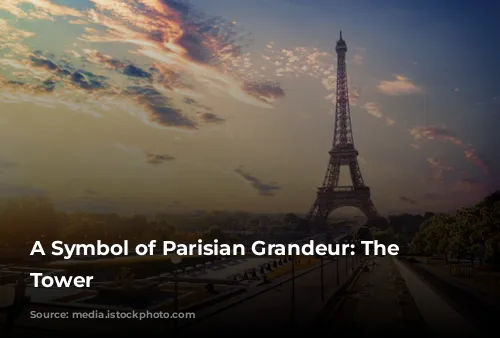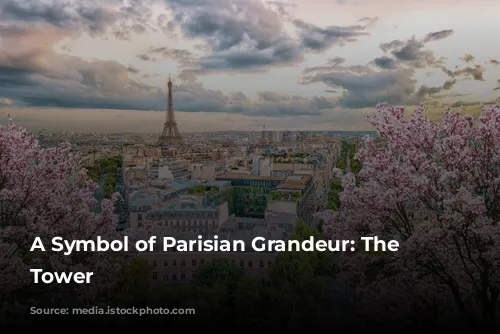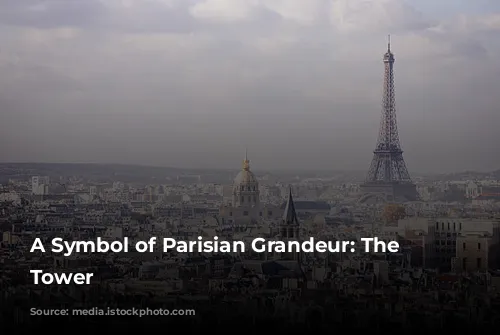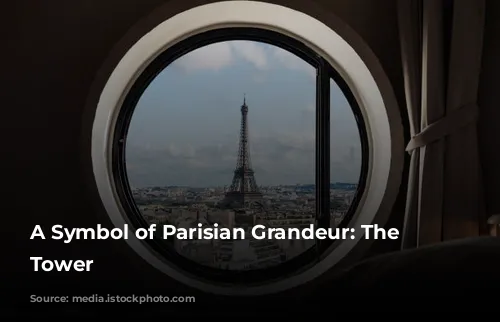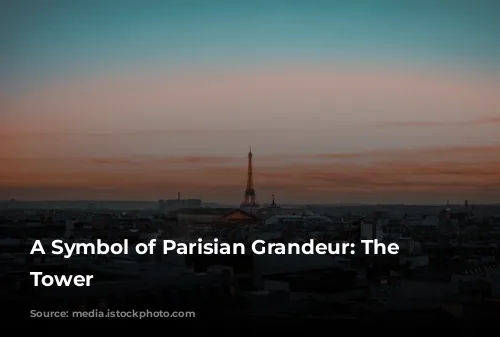Imagine yourself strolling through the streets of Paris, the City of Lights. As you reach the Seine River, you spot a towering marvel that seems to pierce the sky. This iconic structure, the Eiffel Tower, is more than just a landmark; it’s a testament to French ingenuity and a symbol of Parisian charm.
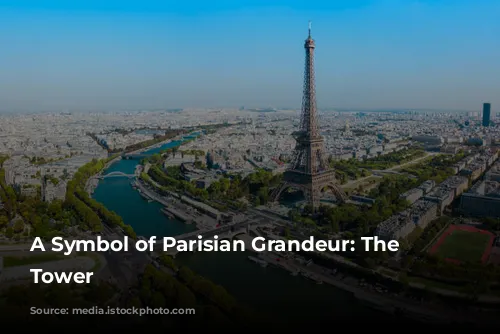
The Eiffel Tower’s Humble Beginnings
The Eiffel Tower’s story starts with a bold vision. In 1889, France planned a grand celebration: the International Exposition to mark the 100th anniversary of the French Revolution. To commemorate this momentous occasion, the government launched a competition to design a fitting monument. Among over 100 proposals, Gustave Eiffel’s design stood out, a revolutionary masterpiece of engineering that would forever alter the Parisian skyline. His creation, a colossal wrought-iron tower, was chosen to serve as the grand entrance to the exposition.
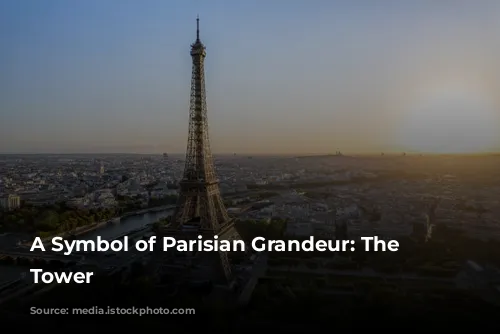
A Monument to Innovation
The Eiffel Tower wasn’t just a gateway; it was a testament to French industrial prowess. Built almost entirely from wrought iron, the tower showcased Gustave Eiffel’s mastery of metal structure design. He used his knowledge of arches and trusses to create a light and airy yet robust structure, a revolutionary approach that would inspire future generations of architects and engineers. This remarkable design cemented the tower’s legacy as a pioneer of structural engineering.
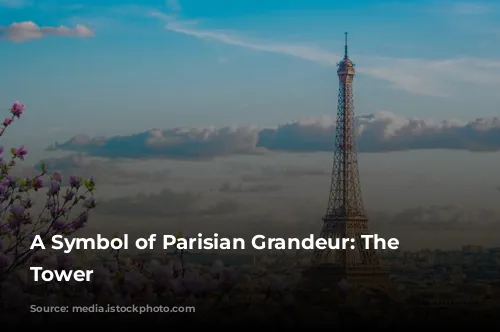
A Symbol of Paris
The Eiffel Tower, initially conceived as a temporary structure, soon captured the hearts of Parisians. Its silhouette, an elegant blend of form and function, became synonymous with the city itself. More than just a monument, it evolved into a symbol of Parisian spirit. The tower’s glimmering lights, which illuminate the night sky every hour, have become a cherished sight. They often reflect significant global events, serving as a beacon of shared experience and global unity.
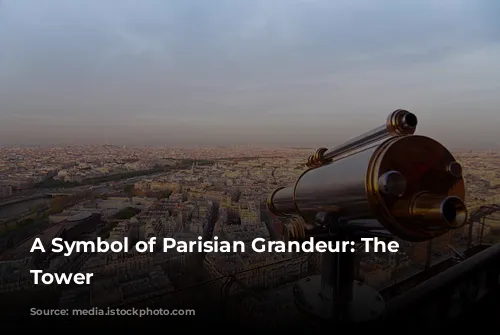
Reaching for the Sky
The Eiffel Tower boasts a unique and captivating structure. Four lattice-girder piers, tapering inwards, converge at the top, forming a single, towering structure. These piers are connected by a network of girders, offering breathtaking viewing platforms for tourists. At the base, four semicircular arches, purely aesthetic elements, add to the tower’s visual appeal. They also serve a practical purpose, dictating the curves along which the elevators ascend, adding a touch of elegance to the structure.

A Tower with Many Lives
The Eiffel Tower’s story doesn’t end with the Exposition. After the fair closed, Gustave Eiffel, realizing the tower’s potential, transformed it into a multifaceted marvel. He introduced a meteorological station, a military telegraph station, and an aerodynamics laboratory, ensuring the tower’s continued relevance. Throughout the years, the Eiffel Tower has witnessed numerous transformations, with additions made for exhibitions and television transmission, adding to its stature and functionality.
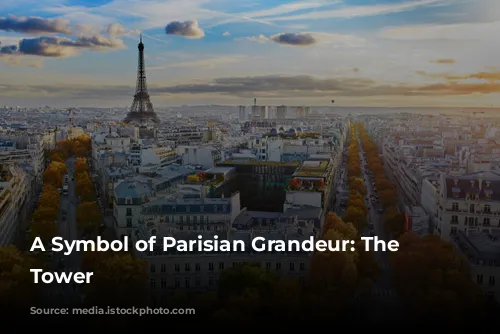
An Enduring Legacy
The Eiffel Tower, standing tall at 300 meters, once held the title of the world’s tallest structure. Today, its historical significance and architectural brilliance continue to inspire awe and admiration. This magnificent structure, a symbol of French innovation and Parisian charm, continues to captivate visitors from around the world, offering breathtaking views and an unforgettable experience. The Eiffel Tower is not merely a monument; it’s a timeless masterpiece, a testament to human ingenuity, and a symbol of hope and progress.
